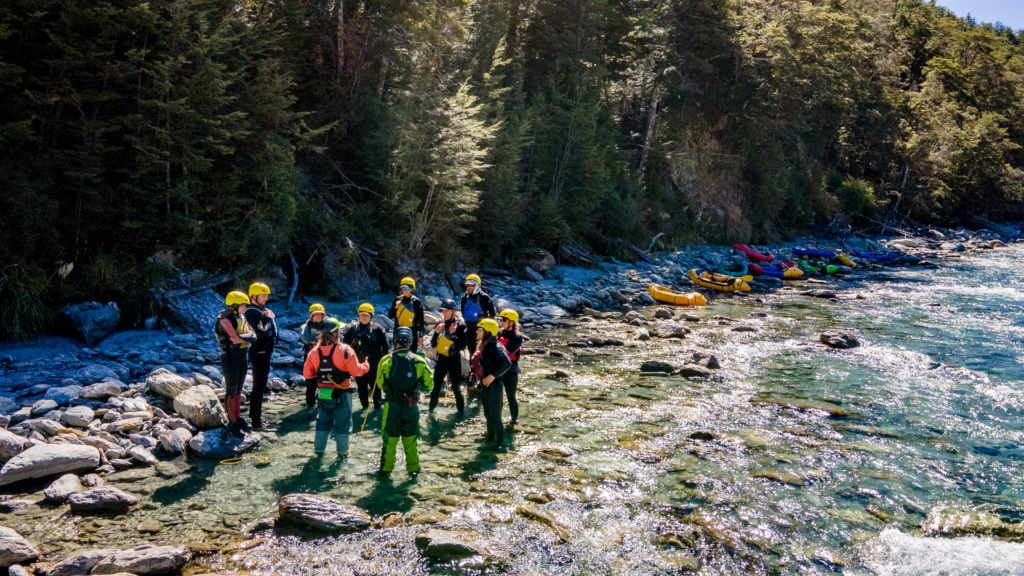
I’ve fielded a lot of questions around gear and how to pack for longer packrafting trips recently and I’ve created some content on my current set up for longer trips on the Packrafting Queenstown Facebook page. I didn’t arrive at my current set up straight away and it’s taken years of trial and error to get down to my current set up. Packrafting packing will almost always involve compromise. It becomes clear to people pretty quickly that weight is likely to be a consideration because you’re now carrying added gear to your already existing backpacking set up. As you try to squeeze it into your pack, it then obvious that bulk is a consideration too. However function of your kit should be the main driver of your purchase decisions I believe. Find the gear that will do the job you need it for. Then figure out the lightest and least bulky version of that bit of kit that will still do the job. You’re PFD is no different.
It’s still not that uncommon to see novices of forum’s asking about inflatable life jackets. Let’s really quickly talk about this. Super light and not bulky but they won’t help you if you’ve been knocked unconscious and can suffer catastrophic failure if you get one punctured. They are also terrible to swim in making self rescue nearly impossible. I’d really strongly recommend leaving inflateable life jackets safely secured, with your tray table, under the seat of a boeing 737.
One of the mnost popular PFD’s I see (certainly in the NZ packrafting community) is the good old Astral V8, which is designed primarily for fishing. I can understand the appeal of the V8 as it’s super light and not very bulky. This is partly because the is very little foam on the back. Some people enjoy the fact that this doesn’t ride up when they are laying back on the back tubes of the packraft too. I also see people discarding these V8’s as they learn more about packrafting and find something a little more suitable. The V8 weighs an impressive 500g which is great for the gram counters… but the floatation is in some weird wonderful places which wants to float you on your back, making it harder to swim with. Not so good.
So here’s the thing… for a long time proper whitewater PFD’s with all the bells and whistles and integrated rescue vests were regarded as only really necessary for Professional guides or people trained to perform rescues. The added features (especially the integrated rescue vest or quick release) is seen as only really having a benefit if you’re going to rescue someone, not necessarily designed to keep the wearer all that much safer. Whilst this might be true of the quick release to an extent, there are many features which that are far safer in the event that the person wearing it needs a bit of help. The shoulder straps are rated and built in a way that will not be blown apart if they need to get pulled on by a rescuer. They also have sufficient buoyancy to keep you afloat in aerated water, which is far less dense than flat calm water. So they are definitely safer for the person wearing it.
There is also an unwritten rule in river running that “I watch your back and you watch mine”. Obviously when you are beginning there is very little you can do to “watch your mates back” which leaves a massive imbalance of care at the beginning of your paddling life. This is true whether you are aware of it or not. In my mind this leaves a bit of a “debt of duty” to be paid off. I always felt a huge amount of gratitude for those who help mentor and train in my early days as a river guide and felt it was my responsibility to improve to take that burden away from my more experienced team members. I’ve struggled for a long time to think of a more positive way to phrase this but I started out as a basically a bit of a liability and worked hard to become an asset to the team. This is a journey we should all be going on through our river running careers. The end game needn’t be becoming a full on white water ninja with all the rescue skills in the world, but it certainly should be a move towards flipping less. For those people looking to take mates out or introduce others to packrafting however, gaining an understanding of some rescue techniques should be part of your plan to become more of an asset. Assets will end up needing rescue capable PFD’s.
So, with this as my starting point, I’ve started looking into the various different options out there. To be considered on this list, a PFD must have sufficient buoyancy for aerated water, have fully rated shoulder straps and have a quick release. This is the requirement for the function river running packrafting, the challenge now becomes finding one that is light and not too bulky (this is particularly important for deep water re-entry). Here goes:
My tried and trusted Astral Green jacket: Awesome because some of the pockets are off set to the sides of your body keeping the bulk on the front to a minimum which has made it a weapon of choice for many rafter guides for years as they jump onto of flipped rafts. The bad news? 1.3 kg.
Peak UK River Guide: Another super popular PFD, especially amoung kayakers who enjoy the freedom of movement allowed my the spacious cut of the foam around the shoulders. Pockets are evenly spread out for minimum bulk too which is another big tick from me. Weight: 1.23kg.
NRS Zen: A popular entry level PFD, priced well but still 1.36kg
Palm Equipment FXr: Another quality brand. 1.27kg
Kokatat HustleR. Stop searching. This is it. 885 grams. Simple, no fuss, only one big pocket on the front so has the potential to become a little bulky…. but only if you decide this is where you’ll keep all of your rescue gear and your lunch. The other huge bonus of the Kokatat HustleR is that as with all Kokatat gear, it comes with a reasonable lifetime guarantee. How good!! ladies and gentlemen, we have winner. Packrafting Queenstown will start selling this PFD immediately!
Post Script…. Since publishing this, dear reader, we have started to stock and sell The HustleR, sadly when you actually weigh it, it works out pretty much the same as the others. The lesson learned? Maybe accept that PFD’s weigh what the weigh and your best bet is to find one that just does it’s job well. The HustleR is still the most comfy PFD I’ve ever worked with and that’s worth something.

Hi,
Thanks for the article.
I am surprised by the statement that an Astral V8 has less than half the recommended buoyancy for whitewater? Can I ask what this is based on? A V8 has 16lb Buoyancy, a Greenjacket (what I wear) has 16.5lb of Buoyancy. So 97% as much.
Out of curiosity have you considered the Astral Bluejacket? Rescue capability, basically the same Buoyancy at 16.4lb and about 400g lighter than a Greenjacket.
You’re absolutely right, I got a little mixed up about the floatation there. I stand corrected, thank you. I like the blue jacket but I don’t think it has a quick release on it from memory? So not really appropriate for me as a professional and limited in it’s function as a rescue vest. Great otherwise though